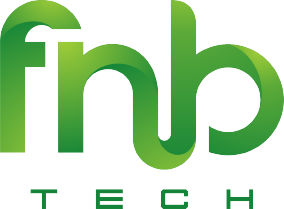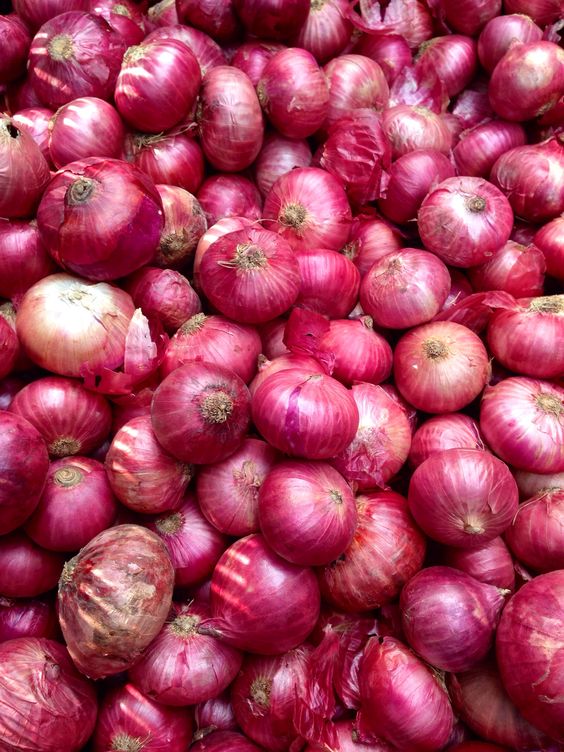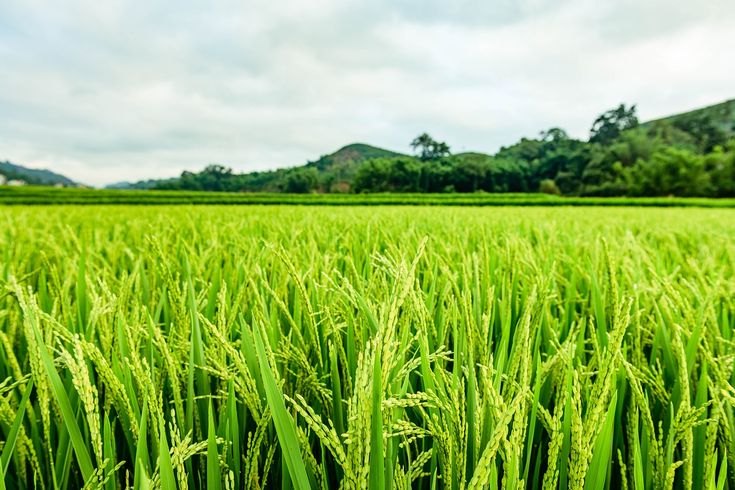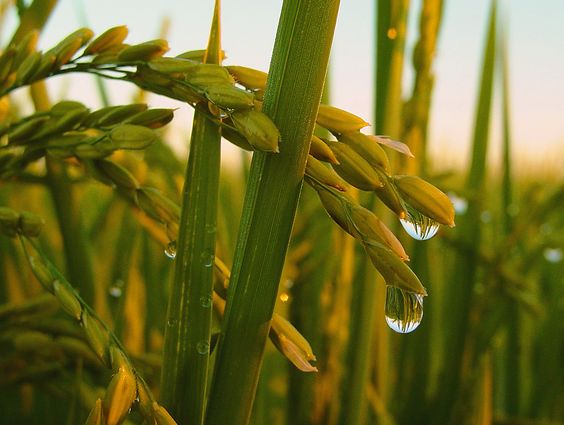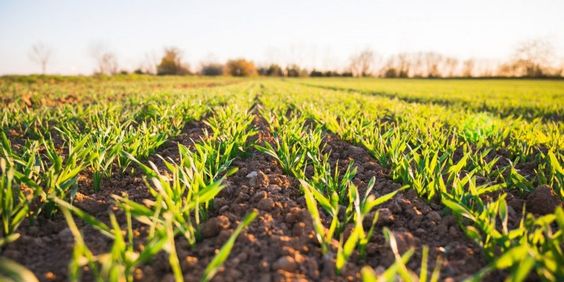Smart Agriculture for Onion Quality: number 1 best quality onions
Onion Quality, a staple ingredient across the globe, add depth and flavor to countless dishes. However, cultivating high-quality onions can be a delicate dance. Traditionally, farmers rely on experience and intuition to manage factors like irrigation, pest control, and nutrient delivery. But what if there was a way to leverage technology for a more precise and data-driven approach? Enter smart agriculture, a revolutionary force that is transforming onion cultivation and optimizing onion quality.
This article delves into the exciting intersection of smart agriculture and onion production. We’ll explore the challenges faced by onion growers, how smart technologies address these hurdles, and the ultimate benefit: consistently superior onion quality for consumers.
The Challenges of Conventional Onion Farming
Onion cultivation faces several hurdles that can significantly impact quality. Here are some key challenges:
- Balancing Irrigation: Onions have specific waterrequirements. Overwatering leads to root rot, while underwatering hinders growth and bulb development. Traditional methods of irrigation often rely on guesswork or predetermined schedules, which may not account for real-time conditions.
- Disease and Pest Control: Onions are susceptible to fungal diseases like downy mildew and botrytis rot, and pests like thrips and onion flies. Early detection and targeted interventions are crucial to minimize damage and ensure a healthy crop. However, traditional methods of scouting for pests and diseases can be time-consuming and labor-intensive.
- Nutrient Management: Onions require a specific balance of nutrients to thrive and develop optimal flavor and size. Traditional practices of soil testing and fertilizer application may not provide a nuanced understanding of real-time nutrient deficiencies within the field.
These challenges can lead to inconsistent yields, lower quality bulbs with blemishes or diseases, and ultimately, reduced profitability for farmers.
Smart Agriculture Solutions for Superior Onion Quality
Smart agriculture offers a suite of innovative solutions that empower onion growers to address these challenges and achieve superior onion quality. Here’s how:
- Precision Irrigation: Sensor-based irrigation systems are revolutionizing water management. These systems use soil moisture sensors placed strategically throughout the field to monitor moisture levels in real-time. This data is then used to deliver water exactly when and where it’s needed, ensuring optimal hydration for the onions while minimizing water waste.
- Advanced Pest and Disease Monitoring: Smart weather stations and insect traps equipped with sensors can provide a wealth of real-time data on environmental conditions, pest pressure, and disease outbreaks. This allows for targeted interventions using sustainable methods like biocontrols or minimal-impact pesticides. Early detection and swift action minimize crop damage and ensure healthier onions.
- Drone Technology: Unmanned aerial vehicles (UAVs), commonly known as drones, equipped with multispectral imaging cameras are transforming field scouting. These drones can fly over fields, capturing high-resolution images that reveal areas with nutrient deficiencies, pest infestations, or irrigation issues. This targeted data collection empowers farmers to take precise action, optimizing crop health and promoting consistent quality.
- Data Analytics and Automation: The data collected from various sensors and drones can be compiled and analyzed using powerful software. This allows farmers to identify trends, predict potential problems, and make data-driven decisions about irrigation, fertilization, and pest control. Automation further enhances efficiency, with irrigation systems and fertilizer application equipment linked to real-time data for precise and controlled delivery.
The Benefits of Smart Agriculture for Onion Quality
By implementing smart agriculture practices, onion growers can achieve a multitude of benefits:
- Improved Onion Quality: Precise irrigation, targeted pest control, and data-driven nutrient management lead to healthier crops. This translates to higher yields of blemish-free, consistent-sized onions with optimal flavor and pungency.
- Enhanced Farm Efficiency: Smart technologies automate tasks and optimize resource use. Farmers save time and money on labor costs, water usage, and unnecessary pesticide applications.
- Sustainable Practices: Smart agriculture promotes targeted interventions, minimizing reliance on broad-spectrum pesticides and promoting sustainable farming practices. This protects the environment and ensures a healthier product for consumers.
- Increased Profitability: Higher yields, improved crop quality, and efficient resource management all lead to increased profitability for farmers. Smart agriculture empowers them to weather fluctuations in the market and achieve long-term success.
Conclusion Onion Quality
Onion Quality ,Smart agriculture is no longer a futuristic concept; it’s a practical reality for onion growers seeking to elevate their crops to new heights of quality. By embracing these innovative technologies, farmers can gain a deeper understanding of their fields, optimize growing conditions, and consistently produce superior quality onions. This not only benefits their own bottom line but also ensures that consumers have access to delicious and healthy onions, season after season. As smart agriculture continues to evolve, we can expect even more exciting advancements that will further revolutionize onion cultivation and secure a bright future for this essential crop.
